Crime and Punishment in Tudor times - Year 6 PDF Download
Explore: Punishment of Crime in Tudor Britain
To view this video, please enable JavaScript in your browser.
This video is currently unavailable for playback.
Watch this video to learn how crime was addressed in Britain during the Tudor period.
Scene Depiction
Woman: Please sir, I’m hungry and tired. Could you spare a little food?
Man: Get away, you vagabond! We don’t want your kind here.
DOOR SLAMS
Woman: Please, could you spare some food?
Man: Get out of here! You’re dirtying our streets. Constable, we’ve got another vagabond!
Judge: You are charged with vagrancy, wandering without a job. How shameful!
Man: We don’t want any vagabonds in our town!
Man 2: You’re frightening our children!
Man 3: You’re stealing from us hardworking folks!
Judge: Silence! The penalty for vagrancy is to be burned in the ear and then whipped ten times.
Woman: No, please sir! I was just starving and trying to survive!
Judge: Silence! If I find you still wandering in our town, you will face death!
Life in Tudor Britain 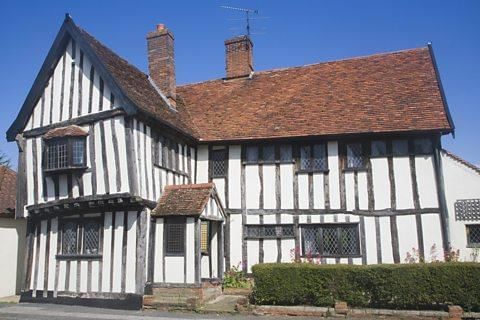
Image caption,
- The Tudor period lasted from 1485 to 1603 CE.
- This era was marked by significant changes, including the discovery of new lands by explorers, necessitating revisions of maps, and religious transformations in England and Wales.
- Religious conflicts arose between the Protestant and Catholic communities.
- The church served as a vital communal hub, with most people being devout and regularly attending services.
- Overall, life had not shifted greatly from medieval times.
- Life was harsh, and many individuals died before reaching 35.
- The majority of the populace resided in small villages and engaged primarily in agriculture.
- Poor harvests often led the impoverished to contemplate theft to feed their families.
How Parish Constables Maintained Order 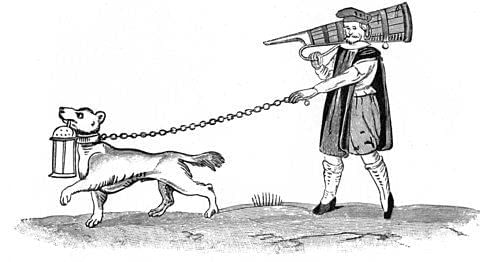
- During the Tudor period, there was no formal police force.
- In smaller towns and villages, crime prevention was often the responsibility of local citizens. Some communities employed Parish Constables whose duties included maintaining peace and apprehending offenders.
- The laws were stringent, and most offenses received harsh penalties.
- It was widely believed that if a criminal’s punishment was sufficiently painful, it would deter others from committing similar offenses.
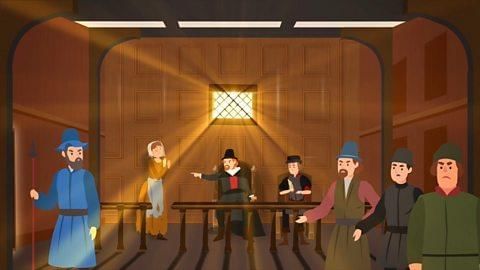
How Tudor Society Administered Punishments 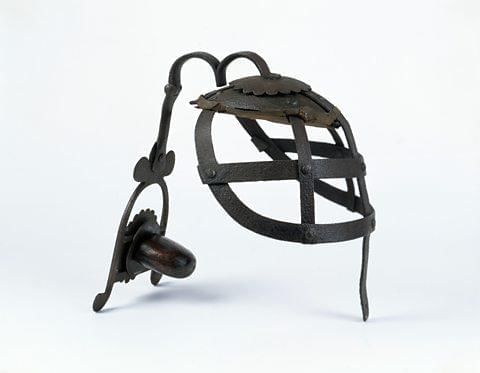
- Whipping was a prevalent punishment for various offenses. Vagrants (those without homes), thieves who stole items worth less than a shilling, and individuals who refused to attend church could all be subjected to whipping.
- Branding (burning with a hot iron) was another commonly used punishment.
- Criminals could also find themselves locked in stocks, which were large wooden structures that held their heads between two wooden planks. Stocks were placed in public areas, allowing the community to witness the punishment and often mock the offender.
- The most severe punishments were reserved for serious crimes. Executions, such as beheading, hanging, drawing and quartering, or burning at the stake, were consequences faced by those convicted of treason (crimes against the monarch) or heresy (adhering to incorrect religious beliefs).
- Executions were public spectacles that attracted large crowds, making them popular events.
Activities Activity 1: Tudor Crime Quiz
Activity 2: Compare and Contrast

- Whipping was a prevalent punishment for various offenses. Vagrants (those without homes), thieves who stole items worth less than a shilling, and individuals who refused to attend church could all be subjected to whipping.
- Branding (burning with a hot iron) was another commonly used punishment.
- Criminals could also find themselves locked in stocks, which were large wooden structures that held their heads between two wooden planks. Stocks were placed in public areas, allowing the community to witness the punishment and often mock the offender.
- The most severe punishments were reserved for serious crimes. Executions, such as beheading, hanging, drawing and quartering, or burning at the stake, were consequences faced by those convicted of treason (crimes against the monarch) or heresy (adhering to incorrect religious beliefs).
- Executions were public spectacles that attracted large crowds, making them popular events.
Activities Activity 1: Tudor Crime Quiz
Activity 2: Compare and Contrast
Listen to this Tudor sketch from BBC School Radio.
- Note down all the surprising behaviors that were classified as crimes during the Tudor era.
- Pay attention to where you were expected to be on a Sunday and which games were deemed inappropriate!
To view this video, please enable JavaScript in your browser.
This video is currently unavailable for playback.
Horrible Histories: Raid and Trade gameHorrible Histories: Raid and Trade
Horrible Histories: Raid and Trade game Horrible Histories: Raid and Trade
Horrible Histories: Raid and Trade game
Horrible Histories: Raid and Trade
Play Horrible Histories: Raid and Trade KS2 History

More on Crime and Punishment
Explore further by delving into a topic
Crime and Punishment in Victorian times
- count4 of 5
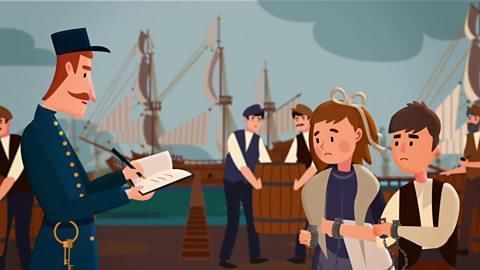
- count4 of 5
Crime and Punishment during World War Two
- count5 of 5













